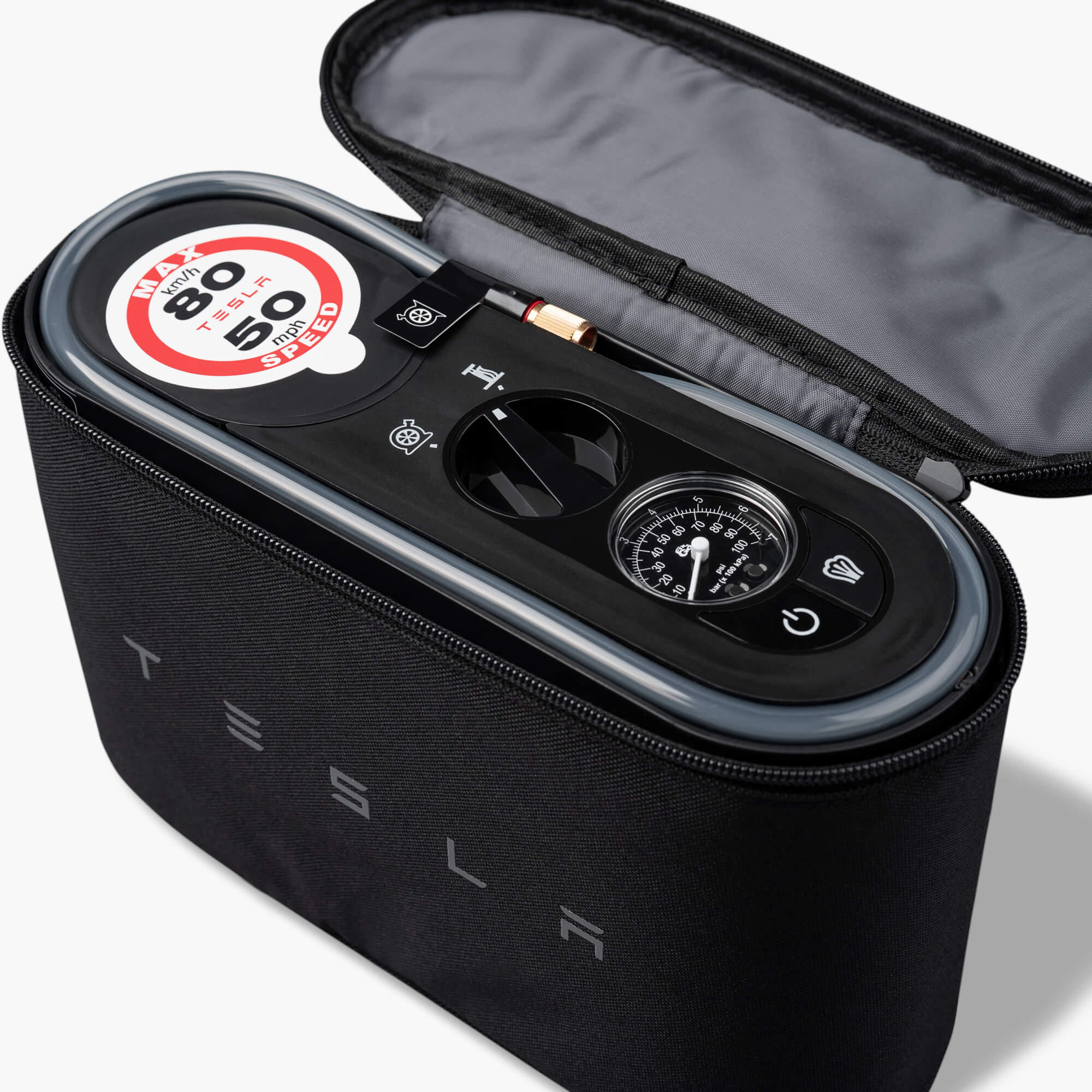I bought a M3 a couple of months back and bought a Slime Tire Repair Kit as the Tesla Tire Repair Kit was out of stock plus the Slime kit was much cheaper. They seem very similar - at least that's what I thought at the time. But now I'm too sure as I discovered this on the Slime Q&A page:
Can Slime tire sealant be used in quiet tires? | Slime FAQs
We do not recommend installing Slime sealant into quiet tires. The tread area of a quiet tire is coated with a layer of foam. If the sealant is installed, it will be instantly absorbed into the foam, rendering it unable to reach and treat the puncture. The sealant will also likely result in tire vibrations. Additionally, there is no way to remove the sealant from the foam and the tire will likely need to be replaced.
As far as I know don't all Tesla's come with quiet foam filled tires? Does the Tesla kit use a different sealant?
nnnn
Can Slime tire sealant be used in quiet tires? | Slime FAQs
We do not recommend installing Slime sealant into quiet tires. The tread area of a quiet tire is coated with a layer of foam. If the sealant is installed, it will be instantly absorbed into the foam, rendering it unable to reach and treat the puncture. The sealant will also likely result in tire vibrations. Additionally, there is no way to remove the sealant from the foam and the tire will likely need to be replaced.
As far as I know don't all Tesla's come with quiet foam filled tires? Does the Tesla kit use a different sealant?
nnnn



